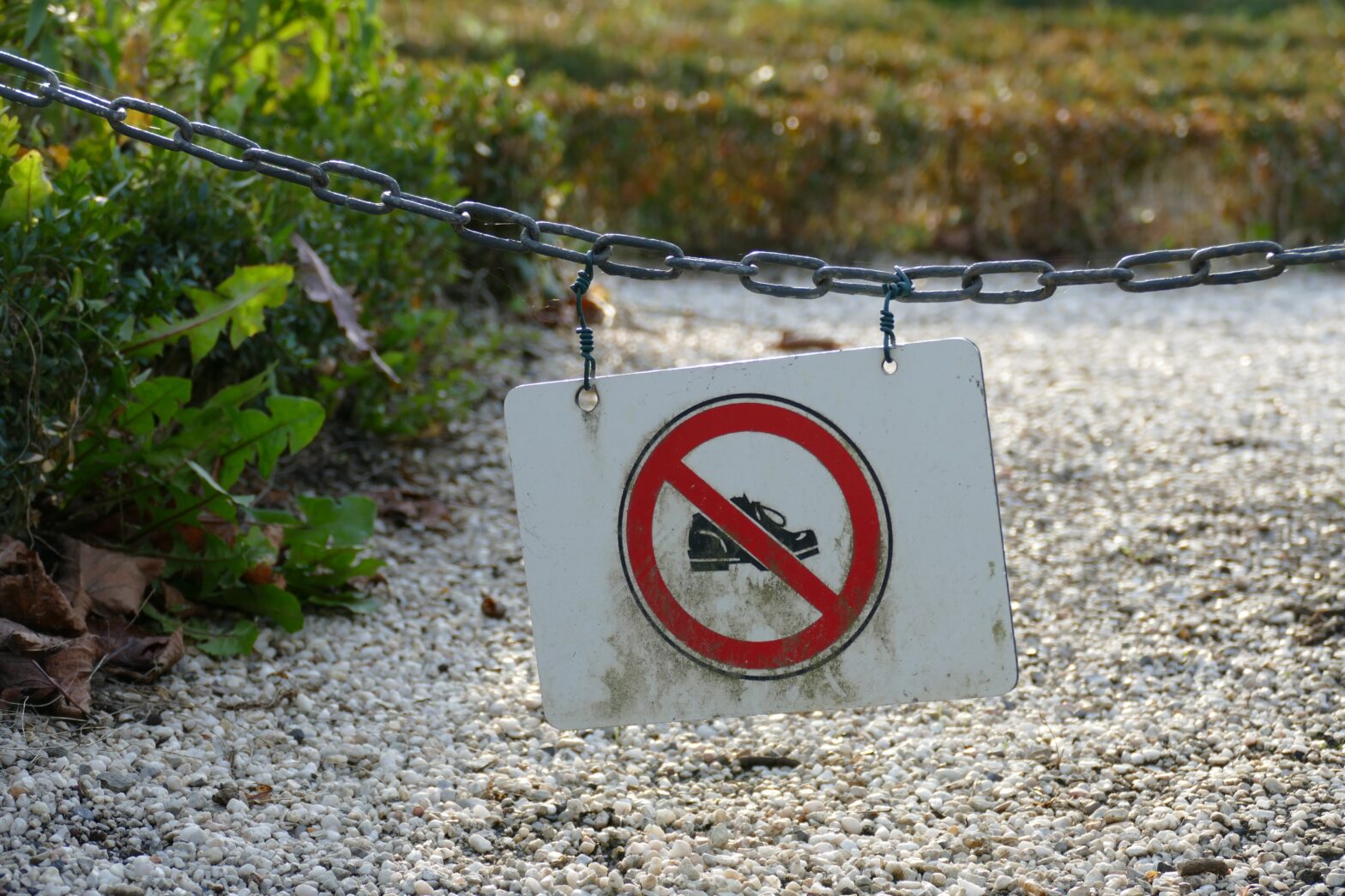The allure of uncharted territories and the mystique of untouched lands have always beckoned the intrepid traveler. While the world is more accessible than ever, there are still places with no-entry signs. These forbidden islands, often due to isolation, ecological sensitivity, or government restrictions, remain elusive gems on the map.
North Sentinel Island: The Last Frontier of Isolation
Deep within the azure waters of the Bay of Bengal, North Sentinel Island rests, cloaked in obscurity. This forbidden island is home to the Sentinelese people, one of the last remaining uncontacted tribes. Their fierce rejection of any outside intrusion has led to the island’s “no-entry” status. The Indian government enforces a strict no-visit policy to protect both the island’s indigenous inhabitants and unwelcome visitors.
Bouvet Island: The Icy Enigma of the South Atlantic
If you’re seeking the utmost isolation, Bouvet Island beckons, floating in the Atlantic Ocean. Despite its remote location, this uninhabited, ice-bound land remains an enigma. Harsh, unforgiving weather conditions and a lack of safe anchorages make it nearly inaccessible. Located nearly 1,600 miles from any other landmass, Bouvet Island is a haven for wildlife, including seabirds and seals. Strict environmental protections render this inaccessible realm a vital, untouched laboratory for scientific research.
Snake Island: Where Serpents Rule Supreme
Off the coast of Brazil, Ilha da Queimada Grande, or Snake Island, is dominated by one of the world’s most venomous snakes, the Golden Lancehead Viper. The snakes, found nowhere else on Earth, have turned this island into their kingdom. Government restrictions limit human visitation to scientific research and tightly controlled visits.
Surtsey: Iceland’s Newborn Isle of Fire
In 1963, the Earth’s fiery forces birthed a new island, Surtsey, off the coast of Iceland. It’s an ongoing experiment in ecological succession. As such, it remains closed to public entry. Scientific research dominates here, with efforts to better understand how life colonizes barren land. The island remains pristine, serving as a testament to nature’s relentless drive to reclaim.
Gruinard Island: Scotland’s Lethal Legacy
Off the Scottish coast, Gruinard Island carries a dark legacy. During World War II, it became a testing ground for anthrax as a biological weapon. The island was decontaminated in the 1980s. However, although no longer a threat, Gruinard remains off-limits. Contaminated soil is now buried beneath new soil layers. The island’s ecosystems are slowly recovering, but the no-entry sign stands as a reminder of its perilous history.
Ni’ihau: Hawaii’s Forbidden Paradise
Just off the coast of Kauai, Ni’ihau is often called “Hawaii’s Forbidden Island.” Owned by a single family, the Robinsons, for over a century, access is granted solely to its residents and military personnel. A policy of restricted tourism aims to preserve the island’s beauty, unique flora and fauna, and Hawaiian traditions. In the spirit of preservation, Ni’ihau is a refuge where modernity takes a back seat to tradition and conservation.
The Andaman Islands: A Restricted Archipelago
The Andaman Islands, an Indian archipelago in the Bay of Bengal, remain partially restricted. While some are open to tourists, others, like the North Sentinel Island, remain no-go zones to protect the indigenous tribes residing there. Government policies aim to preserve the tribes’ way of life and safeguard their delicate ecosystems. For travelers, the Andamans offer both accessibility and a profound respect for the boundaries that protect these unique cultures and environments.
Heard Island: A Volcanic Wonderland
In the southern Indian Ocean, Heard Island is an untamed and desolate paradise for nature lovers. The island boasts a massive volcano and unique ecosystems. However, this volcanic wonderland is off-limits to visitors, as access is impractical, and environmental fragility necessitates strict conservation measures.
Faroe Islands: A Sovereign Paradise
The Faroe Islands, a self-governing territory of Denmark, cherish their autonomy and preserve their landscapes with deliberate measures. While travelers are welcome, sensitive areas, like bird nesting sites, are protected by no-entry zones. The Faroes offer a harmonious blend of accessibility and conservation, where the rules protect the environment without isolating the islands from the world.
